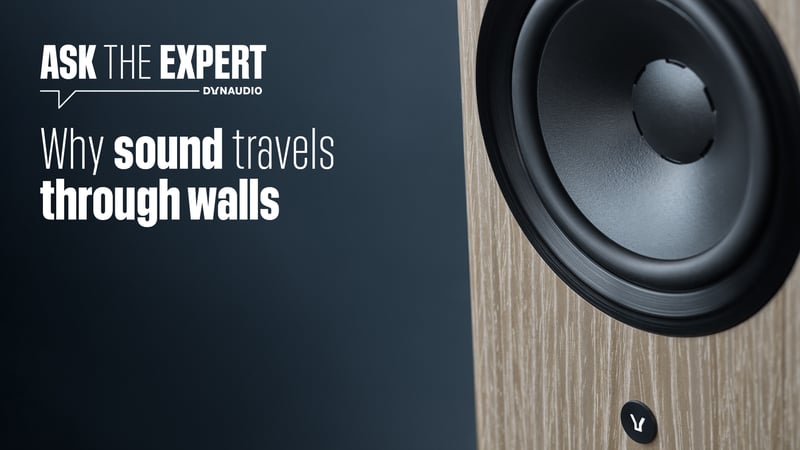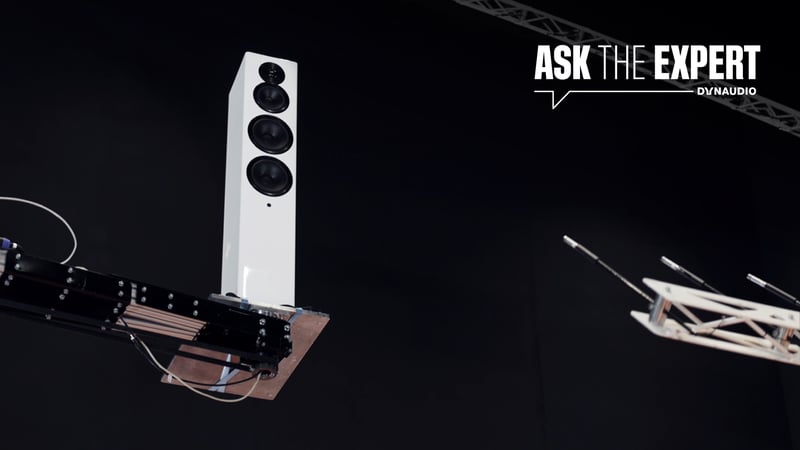- Home
- >
- Home audio
- >
- Contour i
- >
- Contour 30i
- Home
- >
- Home audio
- >
- Contour i
- >
- Contour 30i
Contour 30i
Dedicated to detail
Mid-size room? Mid-size speaker.
Contour 30i
Go back to a time when all that mattered was the next track on the album.
Contour 30 steps it up a notch from the 20. Of course, it still treads the same path – one of honesty, transparency and sheer entertainment, but it puts it all in a bigger package.
Like the rest of the Contour i family, the 30i has the Esotar 2i tweeter – complete with the Hexis inner dome found throughout our flagship Confidence range and also in the Core series of professional studio reference monitors (trickle-down tech is an amazing thing, isn’t it…). Esotar 2i also gets a larger rear chamber. This, together with Hexis, helps to reduce unwanted resonances and smooth out the frequency response for even clearer, sweeter high-frequencies.
Behind the scenes
We’ve endowed Contour 30 with two 18cm MSP drivers, as well as doubling up on the rear ports. Behind the scenes we’ve tweaked the spider suspension (the springy ring that keeps the woofer in the right place when it’s at rest, and controls it in the right way when it’s moving). This one is made from aramid fibres, and retains the ingenious structural properties from before (the ribs are of varying width to give even finer control over the cone’s excursion).
Contour 30i continues to use aluminium voice-coils, too. We can make them extremely light – but also bigger than the old-style copper units you’ll find elsewhere. Lighter weight allows larger diameters with more windings, yet low weight, which means we have more control over the cone movement. And that means more control over the sound – especially at high frequencies and high volumes – exactly what you need in a mid/bass driver. Sure, we experimented with small voice-coils on Contour – the size other companies might use. The measurements said they should work for Contour. Our ears said otherwise, so we went big. Our ears were right.
And, as with Contour 20i, the flatter frequency response from the improved tweeter and mid/bass drivers means we’ve been able to simplify the crossover. Not that it wasn’t elegant before – but now… well, we’ll let you judge.

Improved crossover
The improved crossover no longer needs impedance correction circuitry to optimise its performance – that’s all now done in the driver itself, simply down to the physical properties of the materials we use. Fewer components, cleaner signal path, better performance.
While our engineers and designers were hunkered down listening to everything from jazz, to classical, to metal, to electronica, the team in our on-site factory were scouring sustainable sources for high-quality materials and finishes. They make sure all Contours are furniture-grade: perfectly built, perfectly finished and perfectly packaged.



Contour i
Features
Esotar 2i tweeter
Featuring a larger rear chamber and now the Hexis inner dome, which helps to reduce unwanted resonances and flatten the frequency response.
Improved spider
Improved asymmetric spider for increased system symmetry – and this one is made from aramid fibres for improved acoustic response.
Updated crossover
Extensive tweaks from the 2016 Contour model have led to a simpler, cleaner, and even better-performing unit.
Voice coil
Large diameter, long throw aluminium voice-coils
Contour 30i
Specifications
- Status Current
- Segment Home
- Range Contour i
- Type Floorstand
- Sensitivity (dB @ 2.83V/1m) 87
- IEC Power Handling (Watt) 300
- Rated Impedance (Ohm) 4
- Lower Cutoff (Hz @ +/- 3 dB) 32
- Upper Cutoff (kHz @ +/- 3 dB) 23
- Box Principle Bass reflex rear ported
- Crossover 2.5-way
- Crossover Frequency (Hz) (300)/2200 Hz
- Crossover Topology 2nd order
- Tweeter 28mm Esotar 2i with Hexis
- Midrange/Woofer 18 cm MSP
- Woofer 18 cm MSP
- Weight kg 31,4
- Weight lbs 69 7/32
- Width mm 215
- Height mm 1140
- Depth mm 360
- Width inches 8 4/8
- Height inches 44 7/8
- Depth inches 14 1/8
- Width mm incl. feet/grill 300
- Height mm incl. feet/grill 1169
- Depth mm incl. feet/grill 403
- Width inches incl. feet/grill 11 6/8
- Height inches incl. feet/grill 46
- Depth inches incl. feet/grill 15 7/8
- Grille Black
- Baffle Black Aluminium

Find a dealer
Find your nearest Dynaudio dealer and pay them a visit today, or sign up for a listening session.
Sign up to a listening session
{name}
{name}
- {productImages}
Products
Contour i series
- Status:
- Segment:
- Range:
- Type:
- Sensitivity (dB @ 2.83V/1m):
- IEC Power Handling (Watt):
- Rated Impedance (Ohm):
- Lower Cutoff (Hz @ +/- 3 dB):
- Upper Cutoff (kHz @ +/- 3 dB):
- Box Principle:
- Crossover:
- Crossover Frequency (Hz):
- Crossover Topology:
- Tweeter:
- Midrange:
- Midrange/Woofer:
- Woofer:
- Weight kg:
- Weight lbs:
- Width mm:
- Height mm:
- Depth mm :
- Width inches:
- Height inches:
- Depth inches:
- Width mm incl. feet/grill:
- Height mm incl. feet/grill:
- Depth mm incl. feet/grill:
- Width inches incl. feet/grill:
- Height inches incl. feet/grill:
- Depth inches incl. feet/grill:
- Grille:
- Baffle:

Why does sound travel through walls?
Have you ever wondered why sound can travel through walls, when other, seemingly more powerful forces can't? Well wonder no more, cause we're breaking...

Should I plug my speaker's bass port?
Bass ports. What do they do? How do they work? How should I use mine? On this episode of Ask The Expert we're going to explain how and when you should...

Loudspeaker sensitivity - what do all the numbers mean?
This time around we're attempting to demystify the subject of speaker sensitivity. There's watts and volts, and decibels and… you get the idea. But do...






























